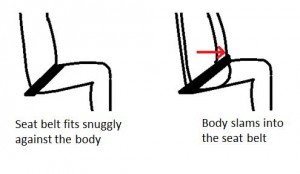Tag Archive: Driving Safety
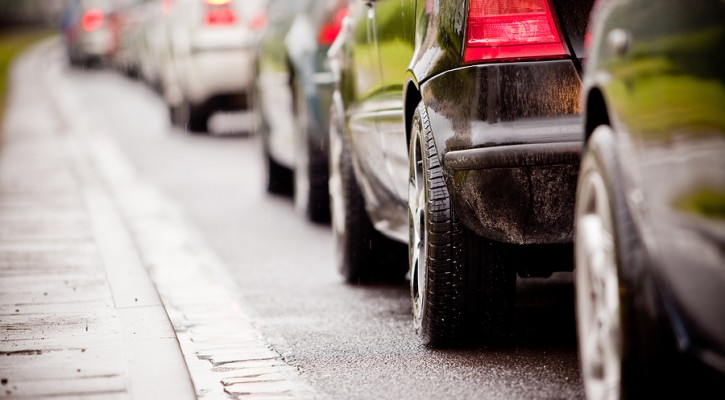
46.3 Million Expected On Roads Thanksgiving Weekend
November 26, 2014
This Thanksgiving weekend, the American Automobile Association (AAA) anticipates that 46.3 million people will be out on the roads. With gas prices lower than they have been in years, most Americans will be traveling by car on this, the most heavily traveled holiday of the year. This will also be the deadliest holiday of the year for American motorists.
Keep your cool
With so many cars on the road, you can expect that there will be traffic jams. Leave as early as you can and expect delays. Expect also that there will be drivers on the road with short tempers. Watch your temper and don’t let them goad you into taking some kind of risky action.
If you encounter other, inconsiderate drivers, don’t try to retaliate against them. You never know when you may be pushing another driver over the edge into a road rage situation. If another driver is driving aggressively and dangerously, stay out of their way.
Remember, there’s no such thing as a motor vehicle accident. Car crashes happen when one or more drivers make a poor choice. It’s not an accident! Bad driver behavior causes crashes, not fate.
Don’t Drive Drowsy
If you’re feeling groggy, don’t try to push it. Get off the road and rest. Swap off driving duties with another driver. Take a break every two hours or 100 miles.
If you’re feeling drowsy, stop and get some coffee or some other kind of caffeinated drink. Remember that it will take time for the caffeine to kick in so, after consuming the drink, take a short half-hour nap. With the short nap and the caffeine kicking in, you should feel rested and ready to go.
Remember that it’s better to be late than to never arrive at all.
Watch the weather
Weather conditions are expected to be bad with snow forecast from Washington DC northward. The mid-west is also expecting snow. Watch the weather forecasts and give yourself extra time for weather delays.
Make sure you have warm weather clothing and blankets in case you get stuck. Carry a bag of cat litter and salt in the trunk for traction in icy conditions.
Click it or ticket
Your seat belt is the most important safety device in the car. No matter what type or how bad the crash, you’re always safer when you’re buckled in. Police will be out in force this weekend and will be giving tickets to drivers who aren’t wearing a seat belt.
Have a happy and safe Thanksgiving weekend.
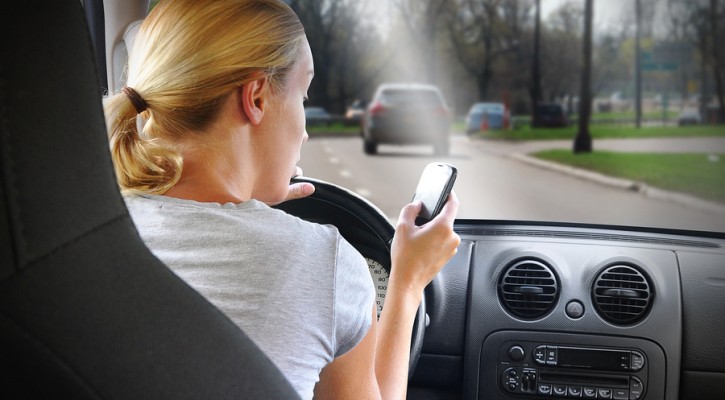
Drivers Abandon One Dangerous Habit For One More Dangerous
November 19, 2014
Drivers are using cell phones less but the even more dangerous habit of texting while driving hasn’t changed according to a new study by State Farm Insurance. State Farm has conducted a phone survey of drivers aged 18 and over every year for the past six years and the trends are both encouraging and disturbing at the same time. According to the survey:
- There has been a steady reduction in the number of drivers talking on a hand-held cell phone.
- The number of people who report texting while driving has remained stable over six years.
According to State Farm, the growth of Smartphones has created new distractions with “a significant increase over six years in drivers using their phones for: accessing the Internet, reading email, responding to email, programming and listening to a navigation system and reading social media.”
Another disturbing finding is that ten percent of drivers report that driving in school and construction zones has no impact on their cell phone use.
More drivers report that they are using hands-free devices but a recent study by AAA shows that hands free devices can be even more distracting because the effort required in getting the voice recognition system to recognize commands can frustrate drivers and distract their attention from the road.
Even though most drivers report that they are more likely to talk on a cell phone rather than text, drivers still don’t seem to be getting the word that cell phone use is still distracting because paying attention to a cell phone conversation requires concentration and brain power that should be devoted to the road ahead.
For more information, read: DRIVERS ADMIT TO USING THEIR PHONE WHEN BEHIND THE WHEEL – HERE’S WHEN
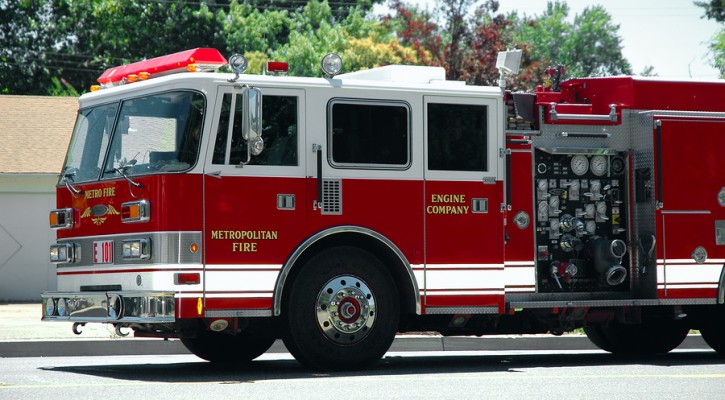
Decoy Used To Enforce Move Over Law
November 18, 2014
Police in Woodbridge New Jersey recently used a decoy fire truck to enforce that state’s Move Over Law. In spite of the fact that a large fire truck with its emergency lights flashing was posted on the road’s shoulder, many motorists paid no heed and refused to slow down or move to the far lane.
The first Move Over Law in the US was enacted in 1996 and, as of 2012, all 50 states have some form of Move Over Law that requires motorists to move over into the opposite lane or, if they can’t move over, to slow down when they encounter emergency vehicles on the side of the road. In spite of the law, according to estimates, law enforcement officers are killed by the side of the road at a rate of one per month and approximately five firefighters per year are killed. Surprisingly, tow truck operators are killed at an even greater rate.
New Jersey’s law was enacted in 2009 and requires that motorists who can’t move over into the opposite lane slow “to a reasonable and proper speed for the existing road and traffic conditions, which speed shall be less than the posted speed limit, and be prepared to stop.” The law not only includes police and fire vehicles but also tow trucks, highway maintenance, and service vehicles that are displaying emergency flashing lights.
This year, Florida amended its Move Over Law to include garbage/sanitation trucks and utility (gas, electric, water) vehicles in addition to police, fire, and tow trucks. Under Florida’s law, motorists who can’t move over are required to slow down at least 20 mph under the posted speed limit.
Enforcement or Entrapment?
In planning for the use of the fire truck decoy, Woodbridge police set up rules:
- A Move Over Law education program using billboards began on the routes in question several months before the start of the enforcement program.
- The fire truck was placed on on a straight section of road where a traffic light before the fire truck provided a natural break in traffic.
- Officers had to verify vehicle speed with a laser gun.
- Only vehicles that had a clear break in traffic to safely move over or slow down were monitored.
Fortunately, the majority of motorists that were monitored did slow down or move over. Unfortunately for some, the only way to get their attention is by issuing a traffic ticket. The first driver cited for failure to obey the law was traveling at 62 mph and made no effort to move over or slow down.
With the holidays approaching and the roads filled with travelers and shoppers, emergency personnel will be out on the roads in force. Protect the ones that protect you by obeying the Move Over law. Read more: Police use ‘decoy’ firetruck to educate drivers on Move Over law
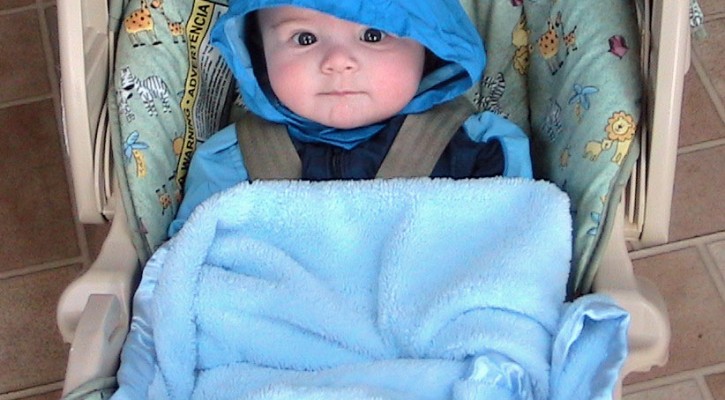
Bulky Winter Coats Unsafe With Seat Belts
November 17, 2014
With the way too early severe cold weather hitting most of the nation, people are pulling their bulky winter coats out of storage but, while those coats provide protection from the cold, they could pose a danger when they are worn under seat belts. Children may be especially vulnerable to the hazards posed by bulky coats winter coats or blankets if they are placed between the child and the seat belt.
In a crash, the body will continue moving forward and injuries or death are only prevented by a seat belt that fits snuggly around the hips. If a bulky winter coat is worn or a blanket is placed between the body and the seat belt, as the body flies forward, instead of being held back, it will slam into the seat belt, possibly causing internal injuries.
For more information on how to protect children in winter, read: Safe Kids: Use thin coat in car seat
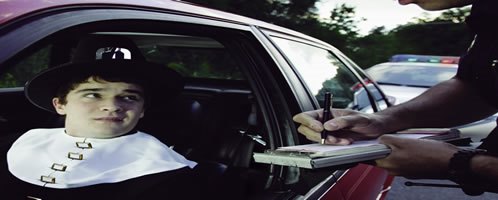
Thanksgiving “Click It Or Ticket” Campaign Begins
November 14, 2014
Along with family gatherings, good food, and lots of football, unfortunately, the Thanksgiving holiday means that we can expect a high death rate on the nation’s highways. Thanksgiving is the most heavily traveled holiday of the year and that makes it the most dangerous holiday of the year for American motorists.
Figures from the National Highway Traffic Safety Administration shows that approximately 301 people lost their lives on American roadways during the Thanksgiving weekend in 2012. The Thanksgiving highway death count starts at 6:00 PM on Wednesday, the day before Thanksgiving and runs through 5:59 AM on Monday morning.
There are lots of reasons for the high death rate on the roadways. Beginning on Wednesday night, the highways will be very crowded and the flow of traffic will be very slow. That can lead drivers to become frustrated and take unnecessary risks that they might not otherwise take. In American culture, football games and alcohol seem to go hand-in-hand and there will be a lot of drunks on the road. Sunday traffic is almost as bad as the Wednesday evening traffic and, unfortunately, too many drivers wait too long to get on the road to head back home. Drivers may try to speed or take risky chances. Aggressive drivers will be out in force.
With Thanksgiving less than two weeks away, law enforcement agencies throughout the nation will be conducting their annual Thanksgiving “Click It Or Ticket” campaign. The “Click It Or Ticket” campaign begins on November 17th and will run through November 30th. During that time, police will be out in force looking for people who aren’t wearing their seat belts. Sixty percent of the people killed during the 2012 Thanksgiving holiday weekend weren’t wearing seat belts. Police will also be on the lookout for those who are speeding, driving aggressively, or appear to be driving under the influence.
If you plan to travel over the Thanksgiving weekend and your work schedule allows it, try to leave on Tuesday rather than Wednesday and plan to return on Saturday or Monday when the heaviest traffic will be off the roads. Limit your alcohol intake and remember, buzzed driving is impaired driving. Never get behind the wheel of a car if you’ve been drinking even a small amount. Plan on delays and give yourself plenty of time to get to your destination. Remember, being late is better than never arriving at all.

